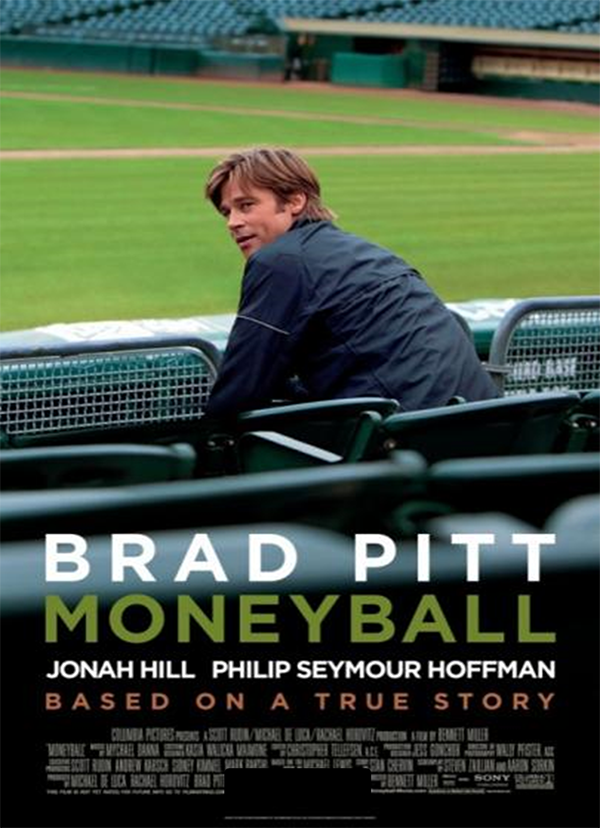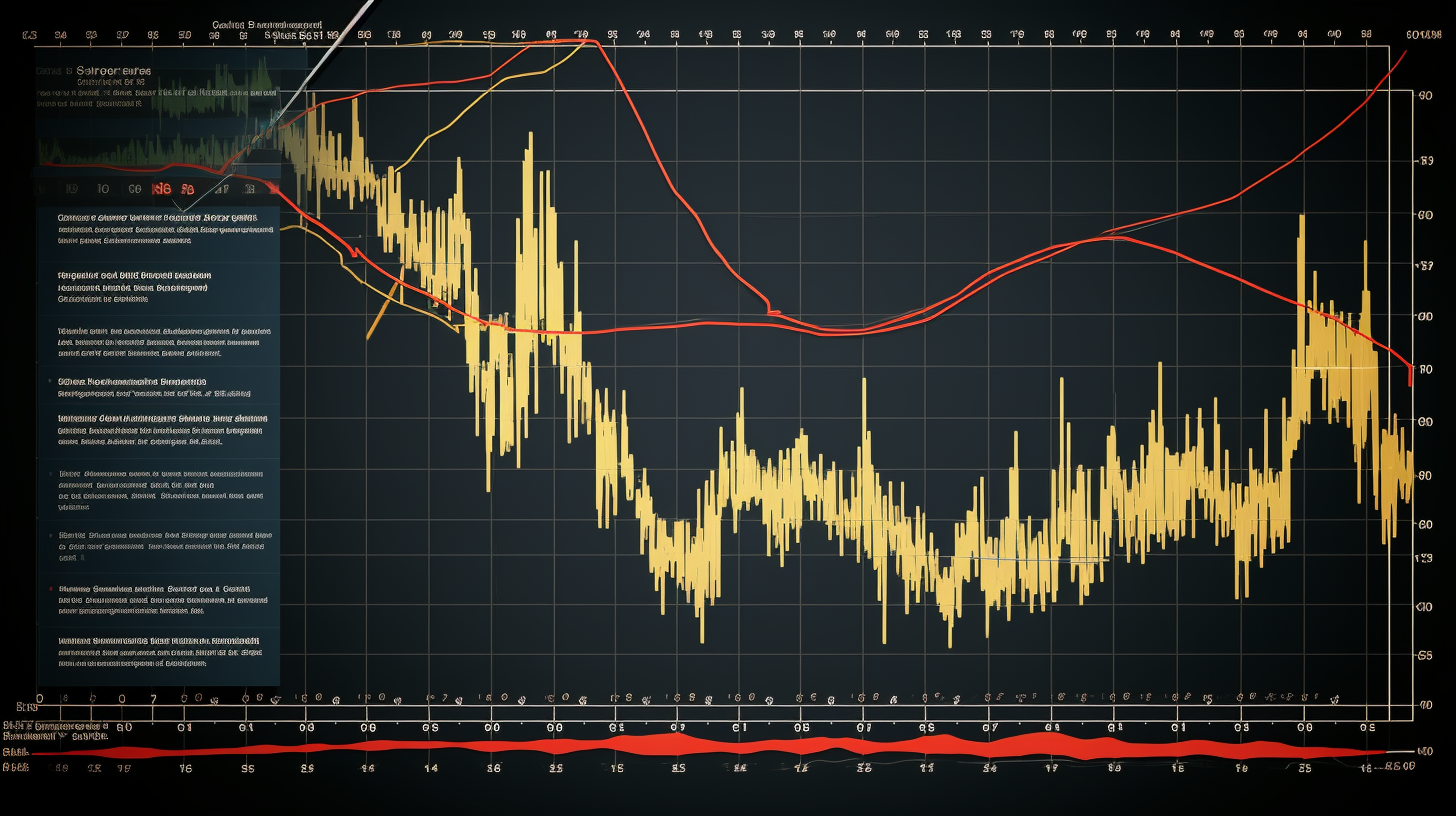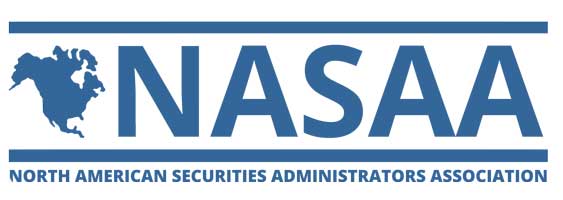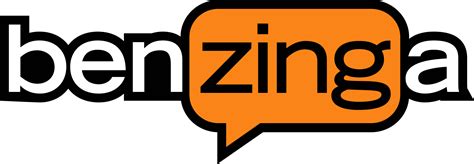DTC’s Professional RapidReview Tool℠ “ProRRT℠” now makes online meetings with client a competitively advantaged and more profitable preferred choice.
Such meetings require no travel time for the advisor or the client, and the advisor can effectively meet with clients in any part of the country, not just within the advisor’s local area.
The chance for more meetings, with more clients (over a much broader area), with less operational expense, can produce a broad range of beneficial effects, including greater client engagement and satisfaction, enhanced regulatory compliance, more advisory fee revenue, greater profit, and a potentially dramatic increase in firm valuation.
To understand just how beneficial this could be for you, your firm, and your clients, please read on.
The traditional in person approach to client meetings may soon become obsolete.
The Covid pandemic made the shift to virtual / online meetings broadly accepted and much easier to conduct. Sharing screens with clients can save considerable time in producing and delivering hard copies of quarterly reviews and recommendations, and the meetings themselves can even be recorded for the benefit of the client and the potential the protection of the advisor.
But is simply performing a pre-pandemic style, in-person meeting with a client online the optimal way forward?
Is there a better way – a way that can also help to replace the “chemistry” that is lost when in-person meetings are replaced by online ones?
The answer is now a compelling: “YES.”
The ProRRT℠ facilitates a uniquely different online meeting – one never before experienced by clients.
The ProRRT℠ enables advisors to review and comparatively evaluate the client’s mutual fund and ETF holdings online with the client not only watching it being done, in real time, but with the client also participating to the extent the client may wish to do so (especially in selecting and weighting the various performance metrics that best match the client’s needs, goals, and preferences.
Sharing a screen to go over a typical, “static” quarterly review simply cannot compare to the client seeing the ProRRT℠ used to comparatively evaluate the performance of the client’s holdings, not just against a benchmark index, but also against all other potential investment choices within each relevant asset class.
Here are some of the key advantages:
• The client will get to witness the comparative analysis in real time – something the client will have never before seen and which was never before practically possible.
• The client will have an opportunity for input regarding the performance factors selected and their respective weightings.
• Mutual funds and ETF retention and replacement decisions can be made by a fully informed client, with the advisor’s assistance, from among all of the choices revealed in the scoring and ranking process.
• The client is directly involved in the process, with full transparency, minimizing the possibility of claims against the advisor / RIA for “unsuitable” recommendations or other potential violations of fiduciary duty arising from (for example) undisclosed conflicts of interest. Importantly, use of the ProRRT℠ effectively filters out all conflicts of interest, both known and unknowable.
• Because of this, compliance with even the most stringent of the evolving federal and state regulations aimed at ensuring that what is recommended and sold is in the clients’ “best interests” can be provably demonstrated.
• The client no longer has to rely solely on recommendations, regarding which the client has no meaningful way to “vet” or understand how that recommendation compares with all of the other choices that could have been recommended.
• Moreover, the investment advisor would no longer feel the need to “defend” poorly performing choices that had been previously selected. They can simply be replaced by better performing choices selected by the client.
• Importantly, as previously chosen mutual funds and ETFs begin to decline in performance and relative rank, both the advisor and the client will get to see something that neither has ever been able to see before. They’ll get to see which ones are moving up in rank – in the same asset class, in the same market conditions, with the same investment goals, and evaluated with the same blend of weighted performance factors.
• This is vitally important and effectively helps to remedy one of the key causes of chronic underperformance – holding poor performing choices for far too long. The chief reason why poor performing choices are held far too long is that investors are very often unsure of which ones to select to replace the poor performers. They fear getting out of a bad one and into one that may prove to be worse. So, figuring “better the devil we know . . . ,” they’ll very often stay in the poor performer until the cumulative poor performance becomes so bad that “anything would be better than this.” But, by then, they have typically lost a great deal more money. Periodic review, using the ProRRT℠, changes this and gives the client the confidence that he or she is moving to a solid choice, one moving up and/or holding high position in the relative rankings. And they’ll do so sooner.
• Necessary qualitative due diligence will be highly focused on only the top scoring / ranking replacement options, saving potentially significant amounts of advisor time and resources.
Here’s an example of how such an advisor-client quarterly interaction might look:
• The advisor, already in possession of a copy of the client’s end-of-quarter brokerage statement, calls the client to arrange for an online Zoom, WebEx, Teams, or other meeting.
• When the meeting takes place, the advisor opens the ProRRT℠ and shares the screen with the client.
• They then proceed to score and rank the client’s mutual fund and ETF holdings (which the advisor can have performed in advance, to direct attention to those that truly need attention).
• If the client’s choices are holding good positions / ranks, there is no need for further action and they go to the next ones.
• If, however, they find that one or more of the choices have dropped in relative rank over a sufficient number of quarters to cause concern (for instance possibly dropping out of the top 10%, as scored and ranked using the client’s weighted performance parameters), the advisor and client can look at the top scoring choices and tentatively pick one or more for a qualitative due diligence review by the advisor.
• Notes and screenshots can be taken during the meeting and, at the end, the advisor can inform the client that he or she will perform a quick due diligence review regarding the replacement choices tentatively selected and report back to the client the findings.
• When that due diligence review is completed and reported to the client, a final decision can be made regarding retention or replacement of the choices and any trades necessary can be made.
This new model is the epitome of transparency and disclosure. It’s free of conflicts of interest and engenders and enhances client trust.
From our decade plus experience in developing and refining the technology and its application, we know that the overwhelming majority of clients who get to see and experience this for themselves never want to go back to relying on the naked recommendations of an investment advisor. As some have described it, “it would be like becoming deaf, dumb, and blind.” in this important area.
Importantly, in a very important way, investment advisors making use of this new methodology are also effectively “inoculating” their clients against losing them to competitors.
What could a competitor show them that is better than what they are seeing and selecting with the help of their ProRRT℠-equipped advisor?
With no non-productive travel time for the advisor or the client involved, more time can be spent on meeting with more clients and those clients can now be located in any part of the country, not just near the advisor’s physical location.
The chance for more meetings, with more clients (over a much broader area), with less operational expense, can produce happier clients (with potentially much better investment results), a significant competitive edge, more advisory fee revenue, greater profit, and a potentially dramatic increase in firm valuation.















